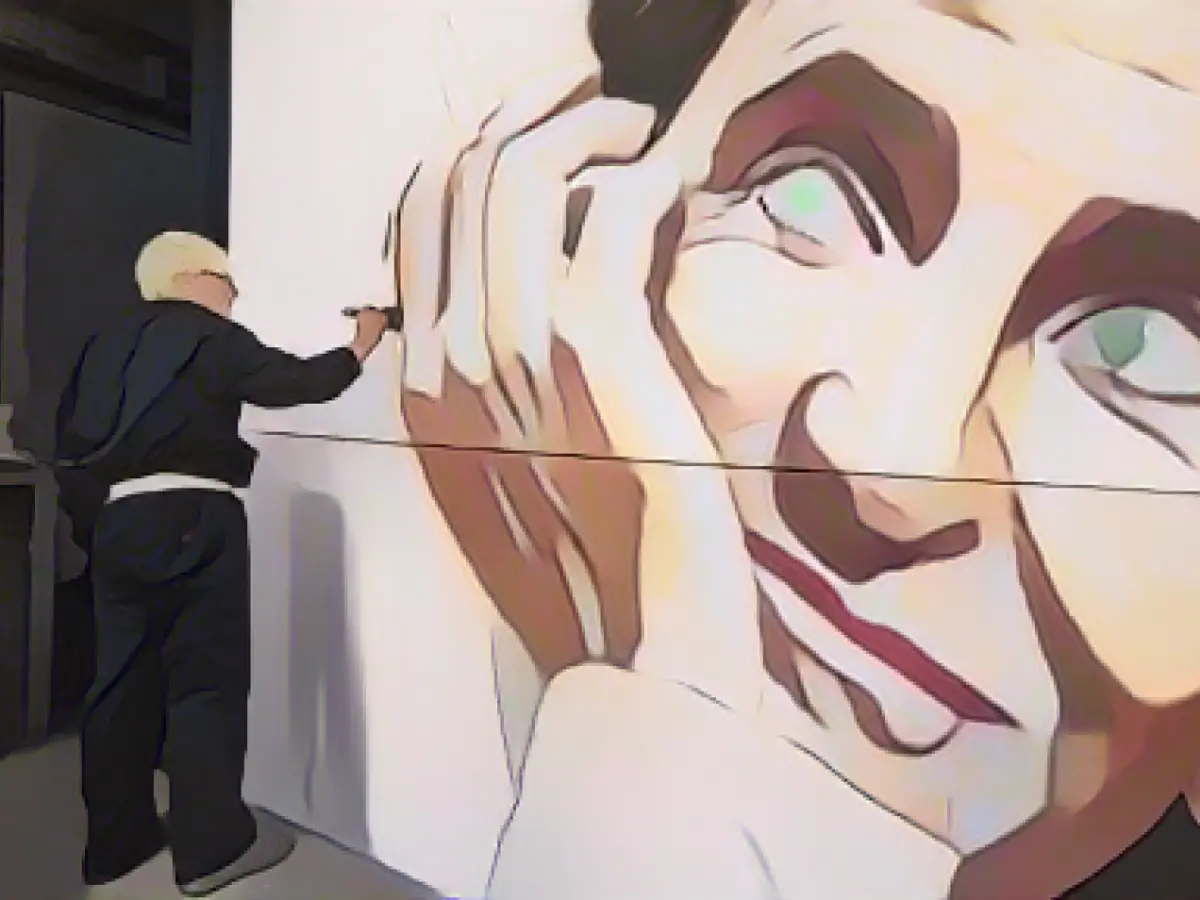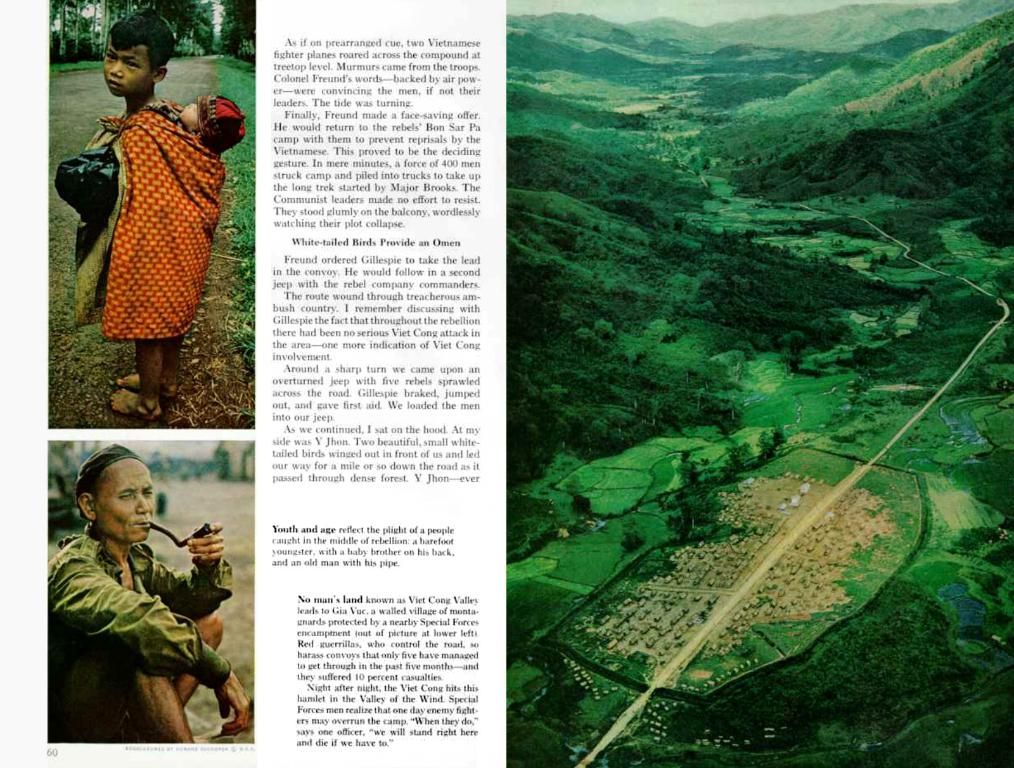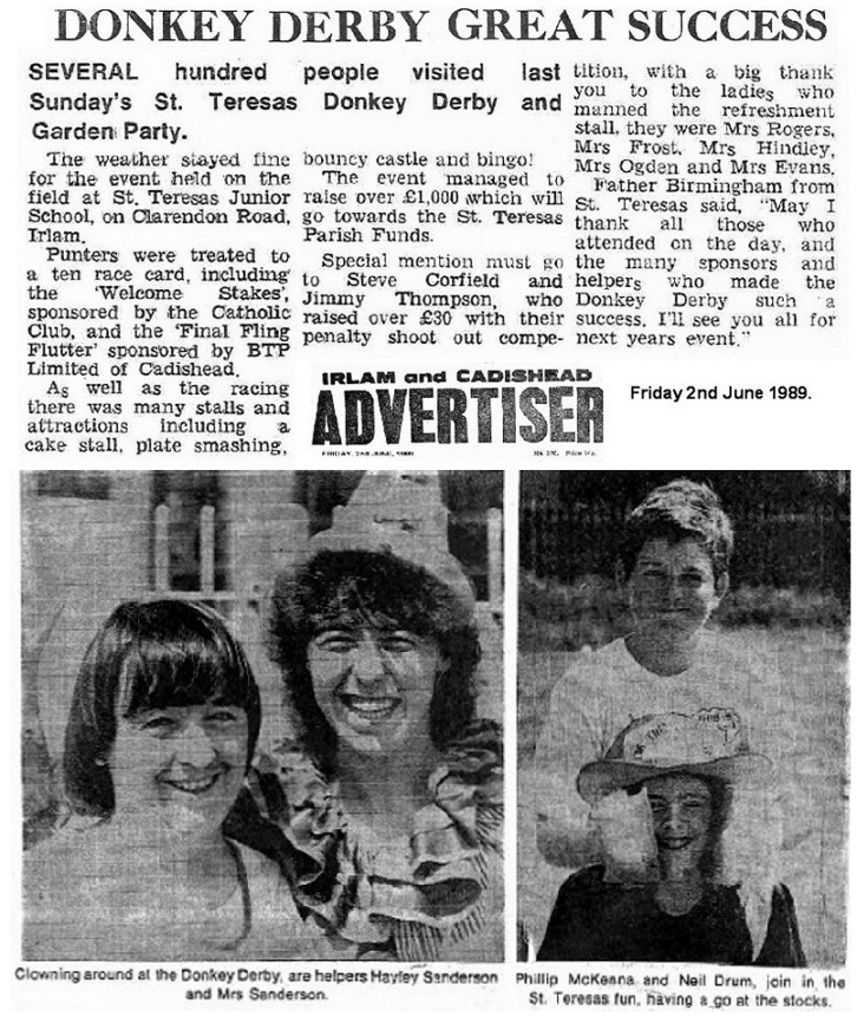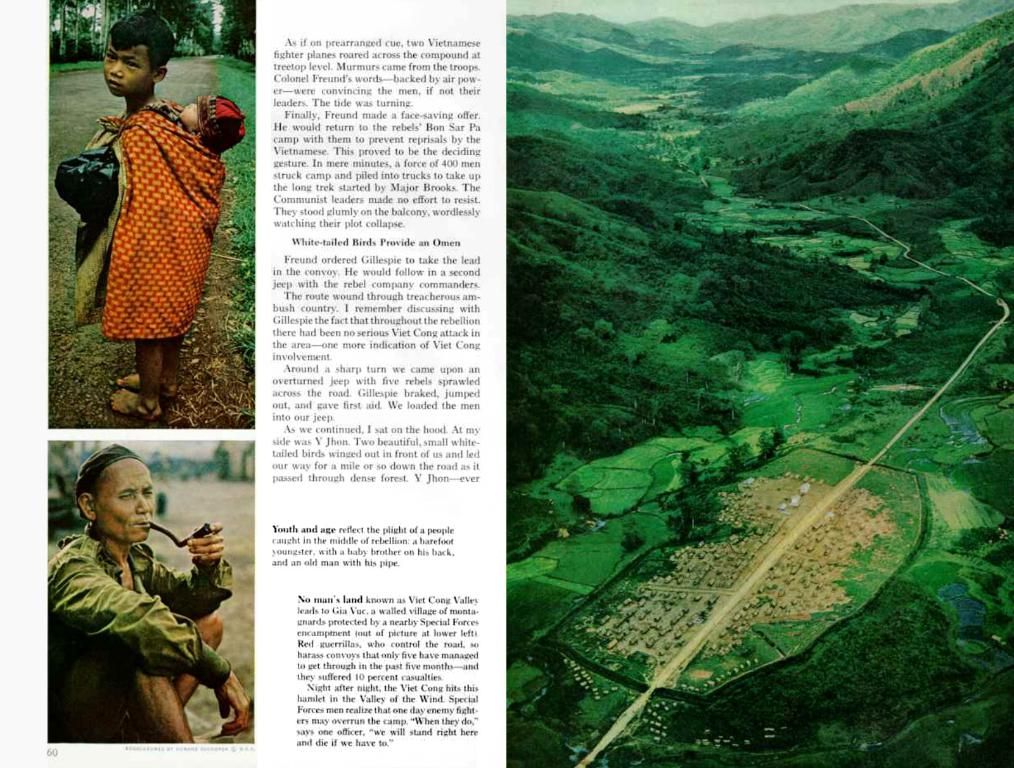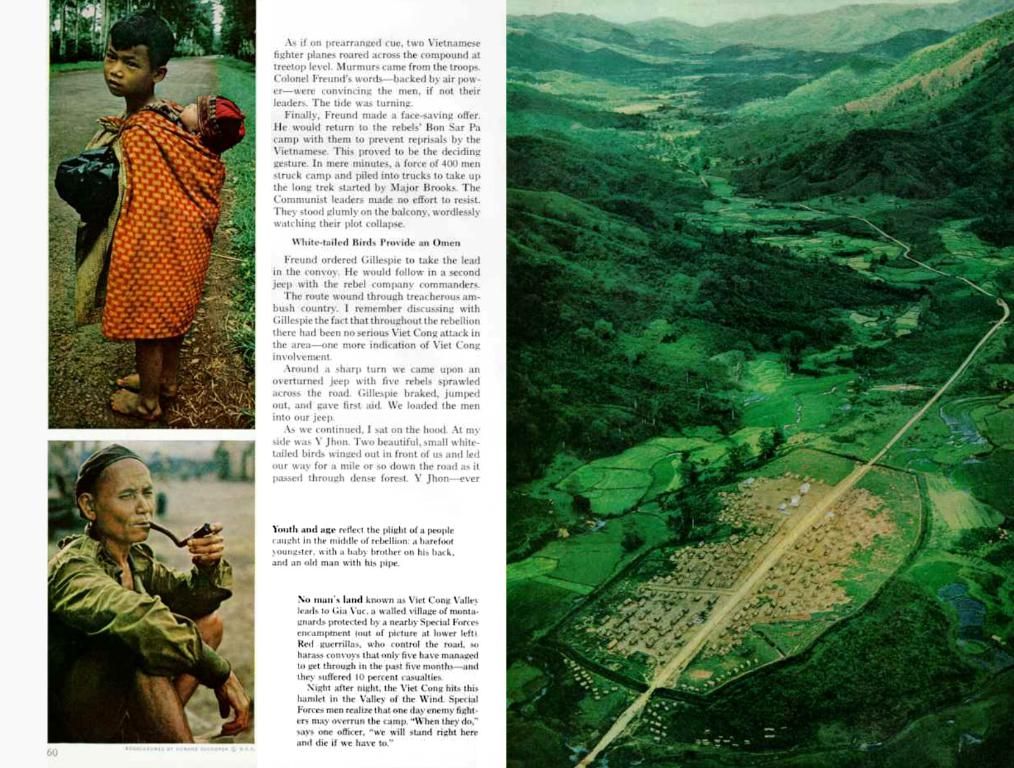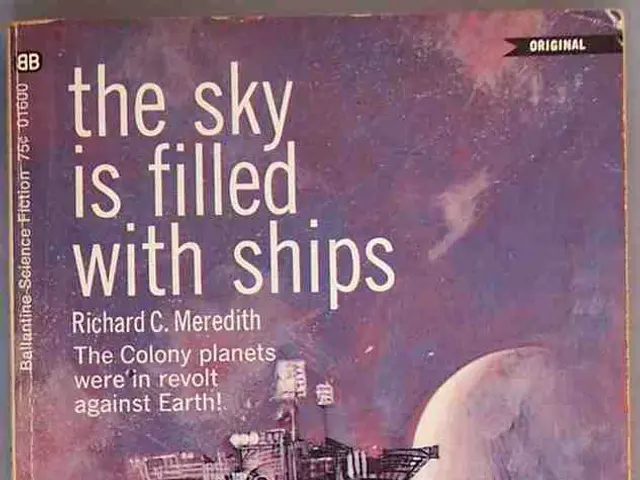Berlin's Cinema Poster Artist: Götz Valien's Unique Craft
Bradley Cooper's iconic gaze meets the audience, set against a bold, hand-painted backdrop. This isn't just any ordinary movie poster; it's the work of 63-year-old artist Götz Valien in Berlin. Valien, a famed freelancer creating film posters for four local cinemas, is one of the last film poster painters left in Germany.
Valien's Studio: A Colorful Playground
Stepping into Valien's studio, you're immediately struck by the aroma of fresh paint. Shelves brim with vibrant tubes of paint in hues like light blue, bright yellow, and fiery red. Brushes of various sizes stand nearby, waiting for Valien and his collegue, as they ready their canvases for the latest game-changing film.
Valien and his colleague have been painting film posters together for more than three decades. The duo has likely hand-painted over 3,000 posters and countless movie star faces. But why custom film posters when digital media reigns supreme?
The Slow Demise of Hand-Painted Film Posters
In the annals of history, countless film posters have caught our attention. Fast-forward to the present, and the once-popular art form is struggling to maintain its prominence. Many cinemas find it challenging to commit resources to commission custom film posters.
Part of this challenge can be attributed to the breakneck pace at which films are released, with premium theatre screens being inundated with new content. Furthermore, advertising space for these posters is becoming increasingly scarce.
The final blow to hand-painted film posters may be the comparative inefficiency and heightened cost associated with these painstakingly crafted works of art.
Berlin's Final Artistic Stand
Amidst this challenging landscape, certain Berlin cinemas—like Delphi-Filmpalast am Zoo in Charlottenburg and the Kino International—continue to retain the charm associated with handmade film posters. They view these banners as relics of cinematic history, coveting the unique craftsmanship.
However, as films are no longer screened for extended periods due to increased turnover, the cost of maintaining these hand-painted banners becomes an unwelcome burden for cinemas.
The Berlin Kulturforum's Art Exhibition
Valien's work is featured in the Berlin Kulturforum’s "Great Cinema. The Times of Film Posters" exhibition, which runs until March. The exhibition showcases an extensive range of film posters that have captivated moviegoers, from the 1900s to the present day.
Fans of both contemporary and classic cinema can marvel at the exquisite craftsmanship that went into each film poster. Valien, likely in response to the event, has transformed Cooper's visage into a captivating work of art.
A Living Legacy
Film posters are like passion projects for artists like Valien. If not for their love of celluloid dreams, these craftsmen might never have dedicated their lives to designing these mesmerizing works of art that were once synonymous with the theatrical experience.
While the future of hand-painted film posters is uncertain, Valien and his contemporary artists continue to refine their artform.
Reimagining an Iconic Art Form
The lines between artists and designers have blurred over the decades, with many creators bridging both worlds. Movie poster designers like Juan Miguel Marin strike a delicate balance between artistic expression and commercial sensibilities.
Marin's eclectic approach, for instance, involves employing digital tools to augment the traditional hand-painting process. By incorporating digital media, artists like Marin achieve a refined balance between detail and spontaneity, preserving the essence of singular artistic expression.
Adapting to the Changing Market
As the film industry evolves, it's essential that artists like Valien adapt. New trends and consumer preferences cannot be ignored. By staying connected to and informed about the evolving cinema landscape, artists can reimagine their craft in a manner that continues to resonate with the public.
Berlin and Munich: A Rich Tapestry
Berlin and Munich's thriving art scenes offer myriad opportunities for movie poster artists to carve out niches within the film industry. Local organizations, galleries, and like-minded enthusiasts present avenues for artists to collaborate, learn, and respond to changing market dynamics.
Adapting to the evolving market and embracing modern technologies are critical for the continued success of artists like Götz Valien and Juan Miguel Marin. This chapter in cinema history is far from over, and the future holds exciting possibilities for film poster artists in Berlin and Munich—if they can keep pace with the changes in art, technology, and the world behind silver screens.
Sources:
